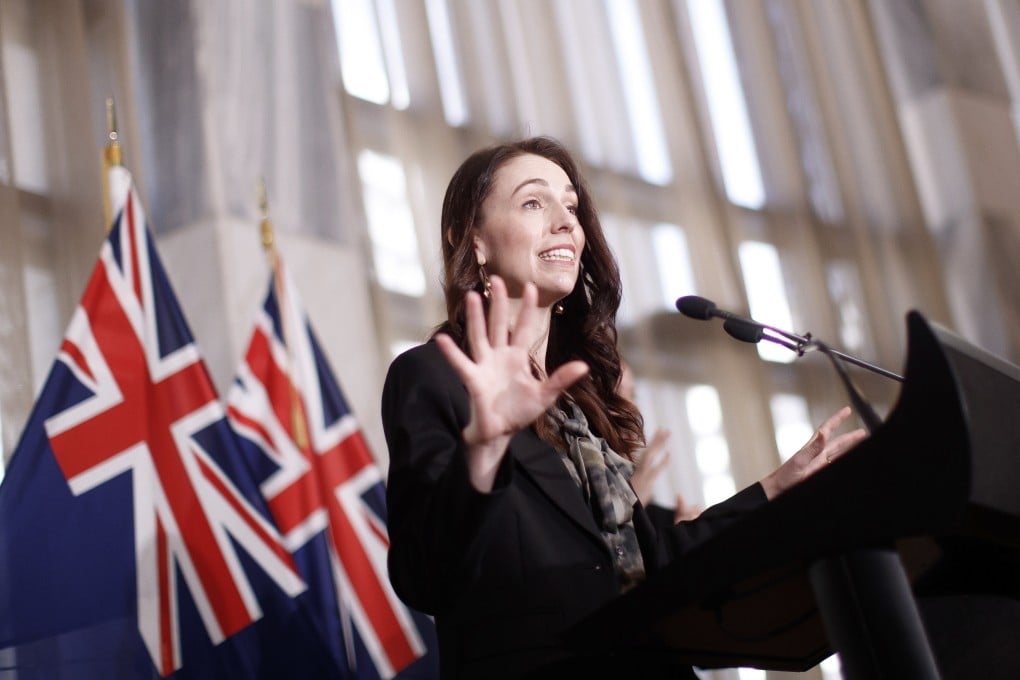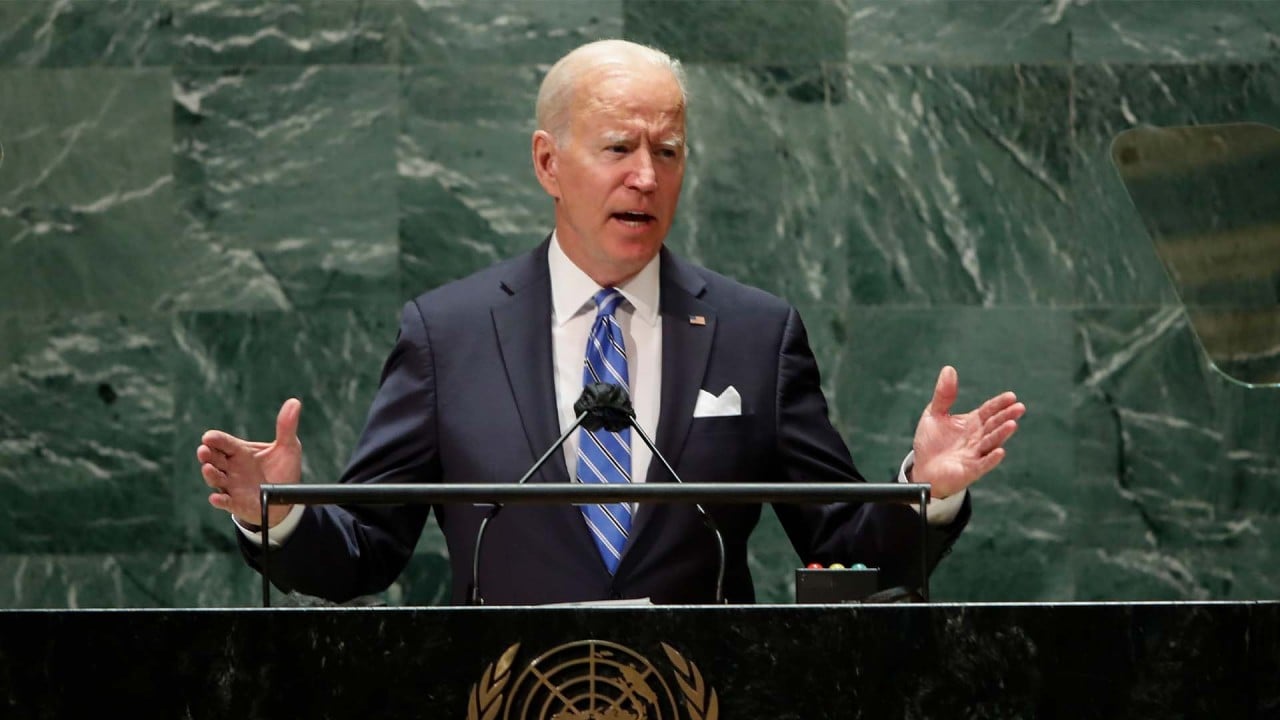Advertisement
Opinion | Could New Zealand champion a new non-aligned movement to avoid US-China cold war?
- US-China tensions are leading several countries in the Indo-Pacific to seek a third alternative to getting caught up in a great power struggle
- Malaysia and Indonesia are obvious candidates to lead such a movement, but New Zealand could be a dark horse given its independent foreign policy
Reading Time:3 minutes
Why you can trust SCMP
40

Several leaders met in Belgrade, the capital of what was then Yugoslavia, in 1961 to discuss their ideas for how they, as relatively smaller powers, could best manage the spiralling security situation of the Cold War.
Yugoslavian president Josip Broz Tito was the architect of the meeting. He was joined by four other key figures – Egyptian president Gamal Abdel Nasser, Indian prime minister Jawaharlal Nehru, Indonesian president Sukarno and Ghanaian president Kwame Nkrumah.
The geopolitical situation at the time provides important context for why this meeting was conducted with such urgency. By 1961, it was clear the relationship between the United States and the Soviet Union was deteriorating.
Massive global polarisation had occurred, solidified by Nato’s creation in 1949 and the Warsaw Pact’s in 1955. The Berlin Wall had been erected and the nuclear arms race had entered new, terrifying territory with the creation of thermonuclear weapons.
Further, with the onset of decolonisation in Africa and Asia, the Cold War became a truly global phenomenon as both the Americans and Soviets ramped up competition in these newly formed states.
Influenced by the 1955 Bandung conference, the leaders who met in Belgrade in 1961 decided to formalise a stance of non-alignment in the Cold War. As a group, the Non-Aligned Movement aimed to “create an independent path in world politics that would not result in member states becoming pawns in the struggles between the major powers”.
Advertisement

